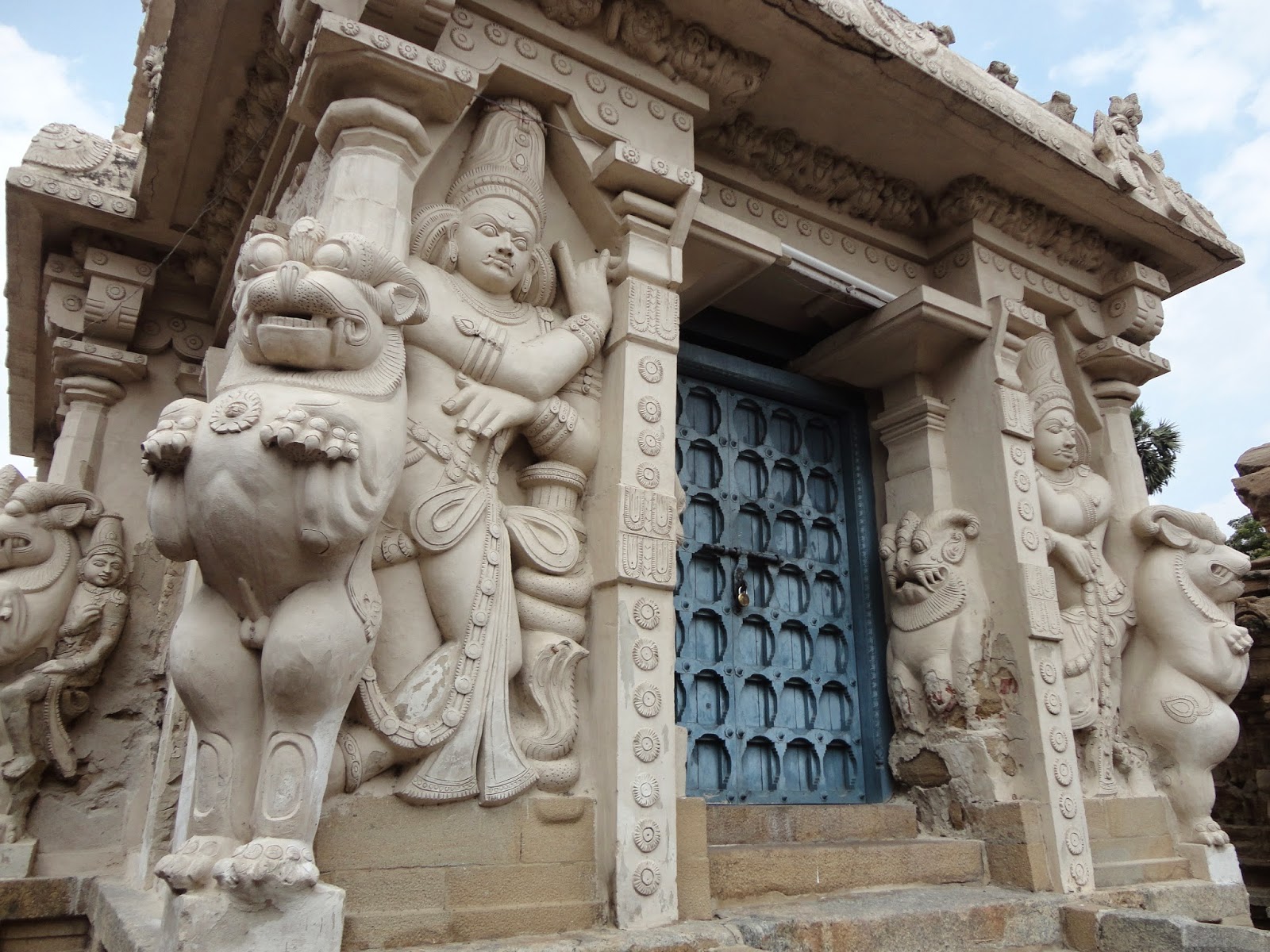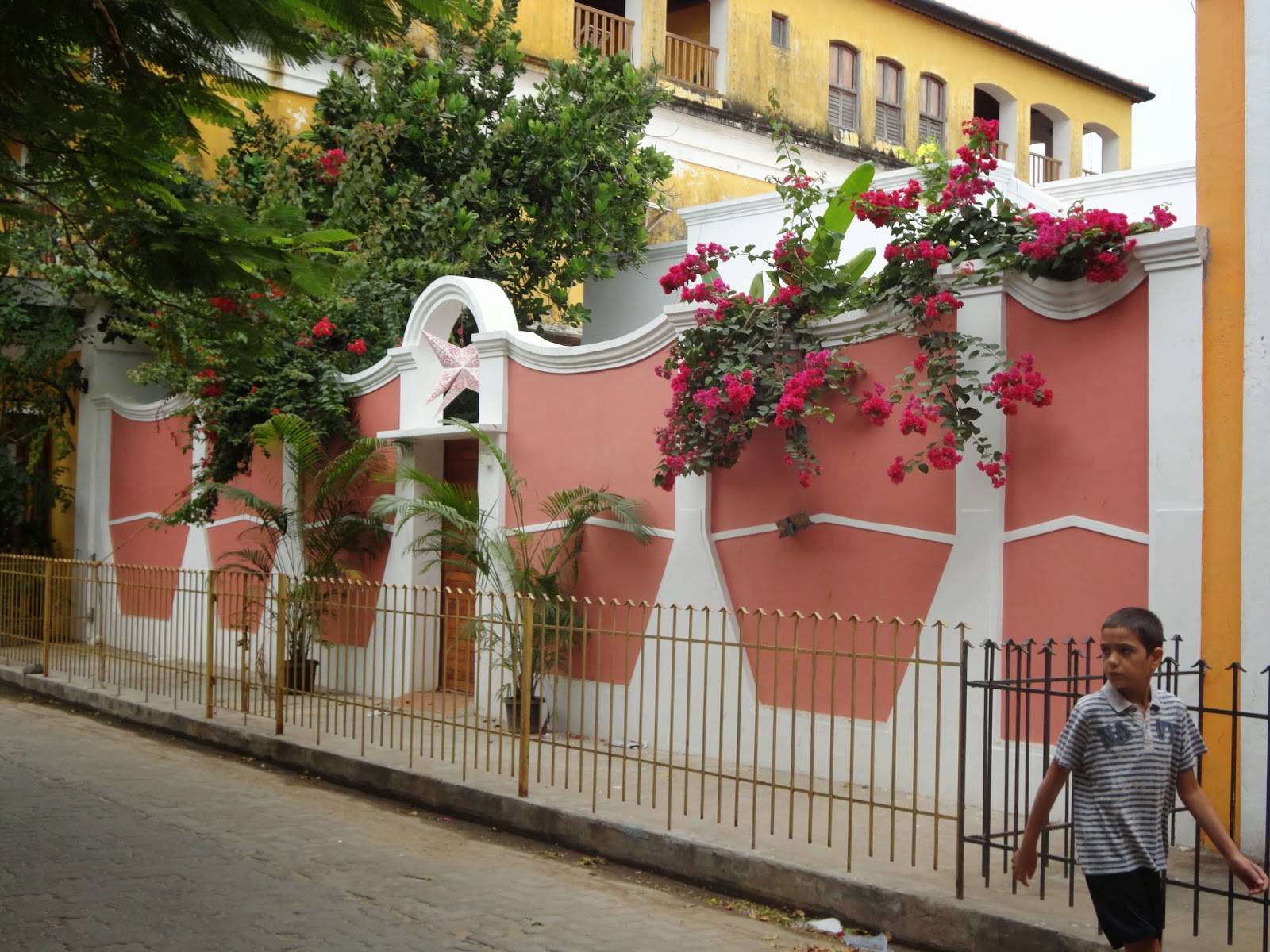It's been a while and I'm actually not even in India anymore but I might as well put the rest of my pictures up.
Our next learning expedition (early February) was to the caves of Ajanta and Ellora. They're two cities to the north of Hyderabad. To get there we took the train which was 10.5 hours each way. You sit in compartments with 5 other people and everyone gets their own bed. Then you try and read, watch, listen, or sleep off the many hours of the trip.
Our first real day was in Ajanta. After going up a very mountainous region you reach the caves. By caves I mean Buddhist temples carved into the mountainsides. Ajanta has a set of 29 cave temples where monks might come to worship but also live on their journeys to wherever.
This might be one of my favorite heritage/cultural/really old places ever. The caves are actually amazing especially when you think of them being built in ~ 2 BCE to 500 CE. Paintings inside illustrate stories. Buddha is everywhere naturally.
Nature is incorporated into the sight and that's been preserved pretty well. A river runs below. Monkeys climb above you, beside you. Apparently during the rainy season nature is just overwhelmingly present because the rain will be so loud as you enter the caves and the river is bursting. Even though it was not raining when we went it was still very beautiful and amazing. I had never heard of this place before coming. So glad we got to go.
Ellora is similarly amazing even though I prefer Ajanta just because of where/how it is located. Ellora is an even bigger complex of temples. The 34 temples are either Buddhist, Jain or Hindu and were built between the 5th and 12th centuries. They are humungous. It is crazy to stand in a double storied cave with multiple chambers that was built centuries ago out of the mountainside. You actually need a car to drive between some of the caves they're pretty far apart. Even still you can get a little hike by walking in between the closer ones.
There was actually a river close to one part of this one too. And during rainy season there is a waterfall maybe. I'm sure that's really cool.
So absolutely love Ajanta and Ellora. We took the train back after a short stop at the mini Taj Mahal. Built after the real Taj and obviously inspired by it, this was just a quick sneak peak before our real Taj visit.
 |
| Monkey in the trees surrounding Ajanta |
Our first real day was in Ajanta. After going up a very mountainous region you reach the caves. By caves I mean Buddhist temples carved into the mountainsides. Ajanta has a set of 29 cave temples where monks might come to worship but also live on their journeys to wherever.
 |
| Giant sleeping Buddha |
Nature is incorporated into the sight and that's been preserved pretty well. A river runs below. Monkeys climb above you, beside you. Apparently during the rainy season nature is just overwhelmingly present because the rain will be so loud as you enter the caves and the river is bursting. Even though it was not raining when we went it was still very beautiful and amazing. I had never heard of this place before coming. So glad we got to go.
Ellora is similarly amazing even though I prefer Ajanta just because of where/how it is located. Ellora is an even bigger complex of temples. The 34 temples are either Buddhist, Jain or Hindu and were built between the 5th and 12th centuries. They are humungous. It is crazy to stand in a double storied cave with multiple chambers that was built centuries ago out of the mountainside. You actually need a car to drive between some of the caves they're pretty far apart. Even still you can get a little hike by walking in between the closer ones.
 |
| From the top of one part of the complex |
There was actually a river close to one part of this one too. And during rainy season there is a waterfall maybe. I'm sure that's really cool.
So absolutely love Ajanta and Ellora. We took the train back after a short stop at the mini Taj Mahal. Built after the real Taj and obviously inspired by it, this was just a quick sneak peak before our real Taj visit.




















































